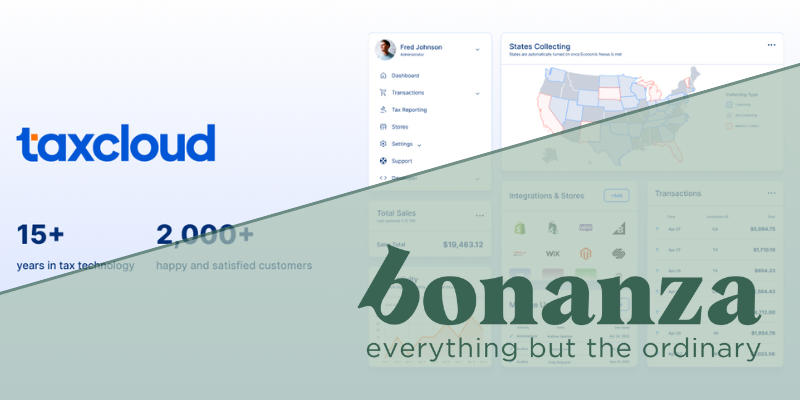
Importing Roadblocks that Sellers Forget to Ask About
This guest blog was written by a representative from Samuel Shapiro & Company, Inc.

You’ve probably heard the phrase “hindsight is 20/20.” Sometimes this phrase means “Now that I’ve experienced this situation, I know how to handle a similar one in the future.” Other times, it is used in lamentation — “This situation was unforeseeable, so there was nothing I could do to help it.”
Although some things are unavoidable, there are ways to anticipate these proverbial “Road Work Ahead” signs and make changes before they slow down your momentum. Check out these tips from the international shipping experts at Shapiro.
1. Data doesn’t lie!
Look at your supply chain report card
If you aren’t tracking how your team is performing at each step in the process, you are missing out on important data. There are multiple factors (congestion, weather, holidays, provider quality, and so on) that determine how cargo moves. If you aren’t closely monitoring each link in your supply chain and reviewing your data, you won’t know who is responsible for the issue.
To help with this, some merchants create excel spreadsheets to collect data. If you use an international freight service like Shapiro, they have tools like Shapiro 360 to evaluate the performance of each party and variable involved.
What is a freight forwarding service? A freight forwarding company arranges and tracks the transportation of the goods you manufacture or sell. They specialize in arranging the import and export of goods — covering all aspects of that process, like transportation tracking, import and export documentation, shipping fees, cargo insurance, and cargo space booking.
2. Keep the time of year in mind
Especially when analyzing timelines and creating forecasts
Weather and holidays are two of the main reasons for shipment slowdowns. Bad weather, such as dense fog, can render ocean vessels and airplanes immobile for several days due to safety concerns. For shipments traveling by train towards the Midwest United States, heavy snow can stop those trains in their tracks. Additionally, both domestic and international holidays cause delays due to business closures. These delays often strike at the worst moments, surprising buyers with long waits and potential fees.
Keep the time of year in mind when assessing your transport plan, estimating your product arrival, and scheduling timelines. By adding buffer time – 5 to 7 extra days before you actually need your shipment in hand – you can try to absorb time lags without getting your wallet involved afterwards. Ultimately, you know your supply chain best, so if 5 to 7 days is too conservative, add even more buffer time to help protect yourself. If you are unsure what delays your shipment may face, contact your freight forwarder and Customs broker.
What is a Customs broker? A Customs broker regulates the clearance of shipments and the delivery of goods across international borders. They make sure that your cargo is in compliance with the rules and regulations of the country it enters.
3. Find the hidden costs of your product
And do it sooner rather than later
It’s always a good idea to find out the costs and regulations of a new product before dropping some serious coin. As a hypothetical example, let’s say Taylor is thinking of expanding their brand and selling a new product – a coloring book set that comes with colored pencils. These colored pencils might come from a company with a high duty rate that wasn’t considered, diminishing Taylor’s profit margin. Or perhaps the product needs FDA clearance, which can add unexpected delays and charges to an impending shipment.
If you’re importing products from other countries, it’s immensely important to have your product properly classified. This means that you or your Customs broker determine the most applicable tariff number (also known as Harmonized Tariff Number/HTS) for your product. This ten-digit tariff number identifies what duty rate is associated to your product. Only a ruling from Customs can officially verify that the HTS code is correct for your product.

Onward and upward
As you prepare for your next overseas shipment, keep these points in mind to help you avoid any unnecessary headaches! May your skies and ocean be clear and calm as you embark on your next voyage.
This guest blog was written by a representative from Samuel Shapiro & Company, Inc.<< Back
Recent Posts

It's TIME! Bonanza's Annual Holiday Sale is coming up!
Nov 13, 2024
Veteran's Day: Honoring Service and Sacrifice
Nov 11, 2024
Holiday Support for Your Bonanza Business—Big Savings & Bigger Opportunities
Oct 4, 2024
Bonanza and TaxCloud: A Game-Changing Partnership
Sep 30, 2024
Exciting News for Bonanza Sellers: Introducing Bonanza Ads!
Sep 25, 2024

9 responses to Importing Roadblocks that Sellers Forget to Ask About
Cool Idea
ok thanks
thank you
Good points.
Although we no longer import for our offline business, we once had an extra 3 – 4 week delay while Customs held our container in line for inspection. You never know when you’ll be chosen, or how many others are in front of you.
Or just sell USA made products! :)
Thank you
good idea, thank you!
LIKE.
Wow! This can be one particular of the most useful blogs We’love ever arrive across on this subject. Actually Excellent. I am also a specialist in this topic, therefore, I can understand your effort.
geometry dash
Login to see more comments